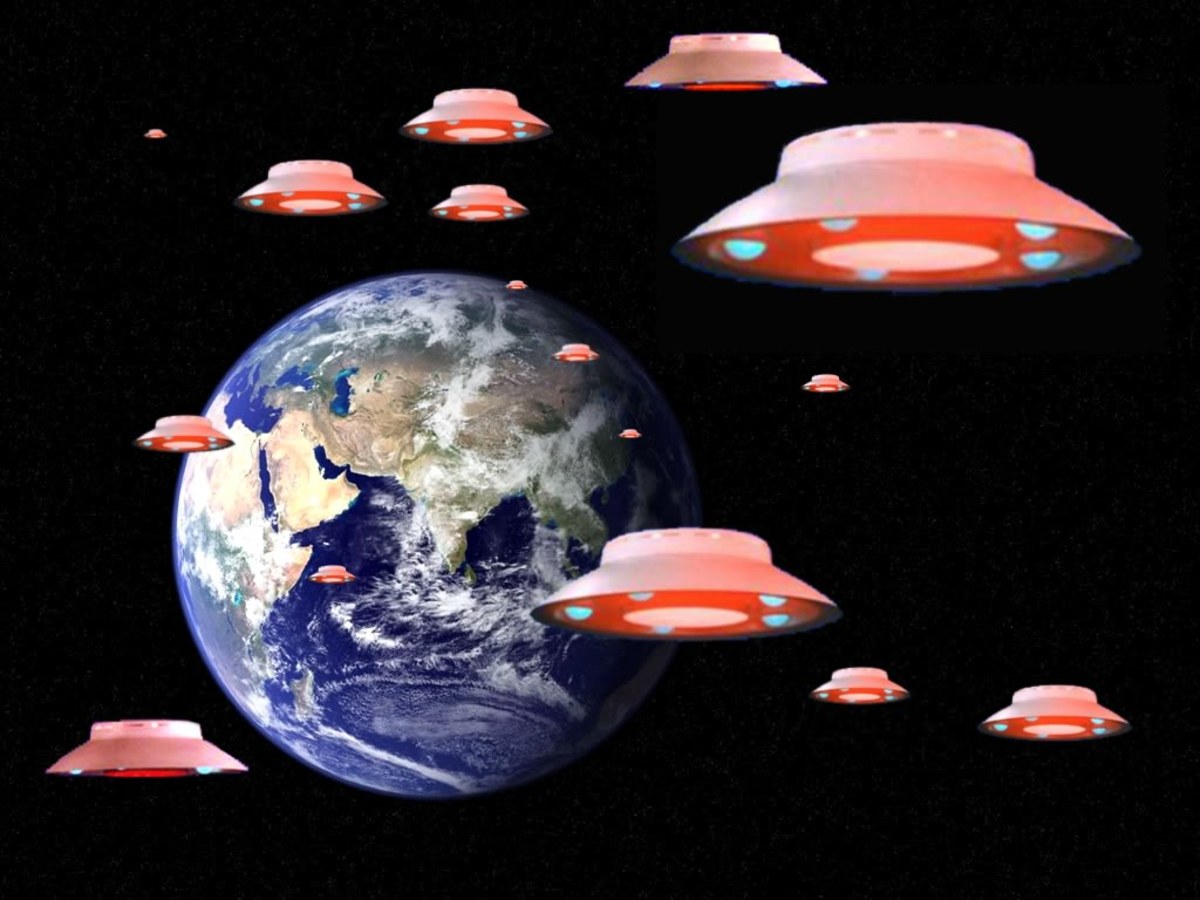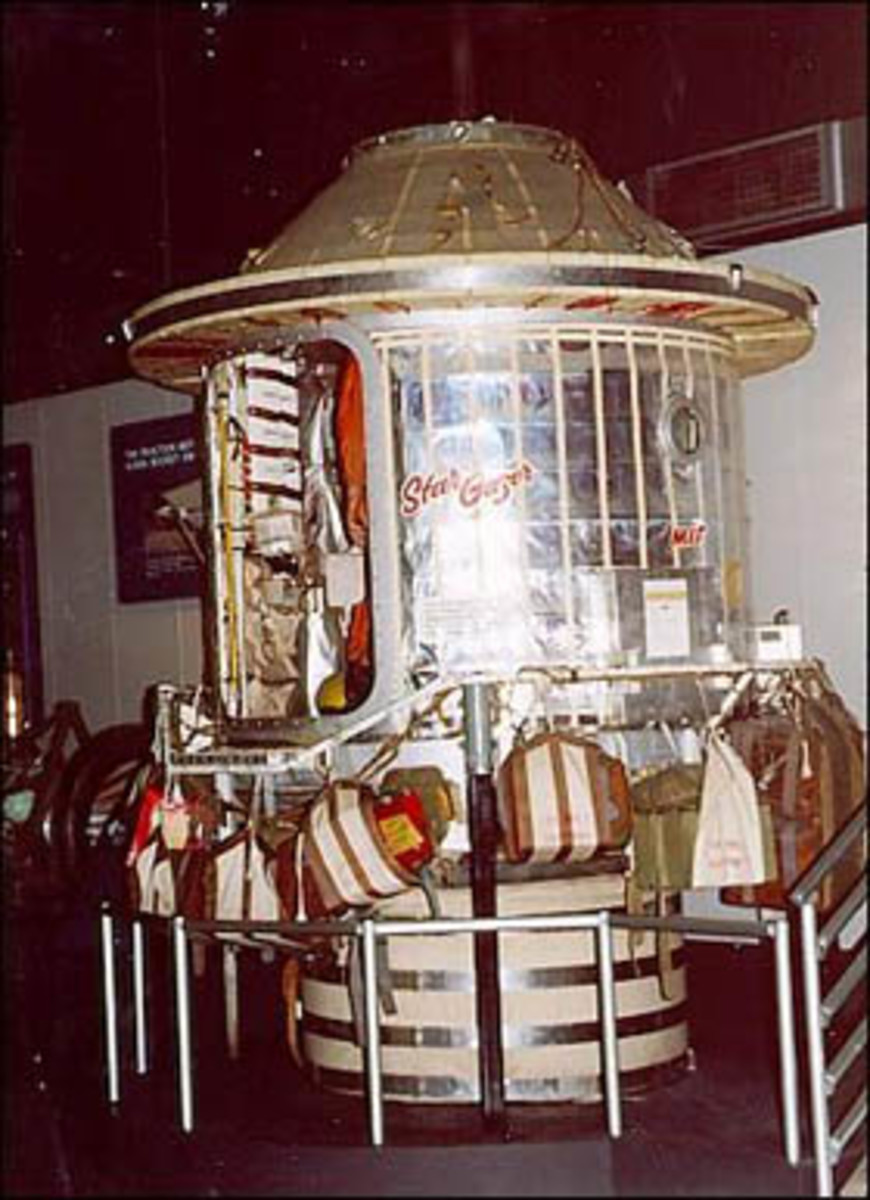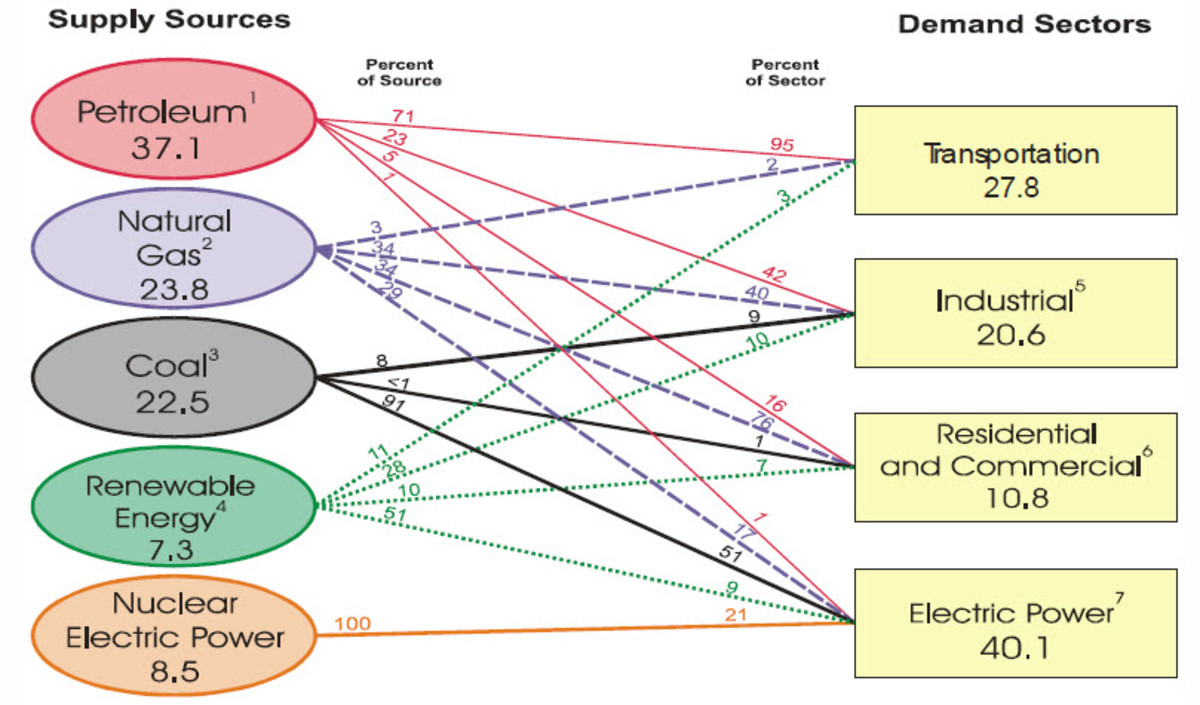Science Fiction - Harnessing Gravity
Photos below from the Hubble Telescope
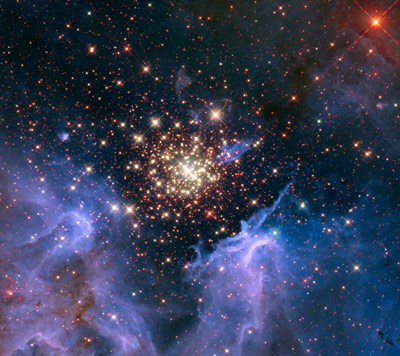
Focusing Gravity - the Next Big Step?
Science Fiction Often Becomes Fact
We humans have come a long way with Sciene and Technology in the past couple of hundred years. This is particularly the case with our use of artificially created electricity; that generated by our power stations, and by the magnetos and dynamos in various types of machinery. Perhaps now, in the 21st Century, we are ready to step up to something of equal magnitude: the harnessing of Gravity!
Don't knock Science Fiction - So often imaginings eventuate into real life.
We already use Gravity, of course. Have done for millennia. We use it particularly in the reticulation of water. Gravity is our natural tool here. We know water flows down hill, finds its own level, will fill out into any shape we can contain it in. We also use Gravity's properties in generating electric power as it falls over spillways and spins turbines. But I'm talking something far, far bigger than this. And, of course, at the moment it would be regarded as 'Science Fiction.' But don't knock Science Fiction! Many an invention and innovation has come from it. Arthur C. Clark's Fixed Orbit Satellites, for example.
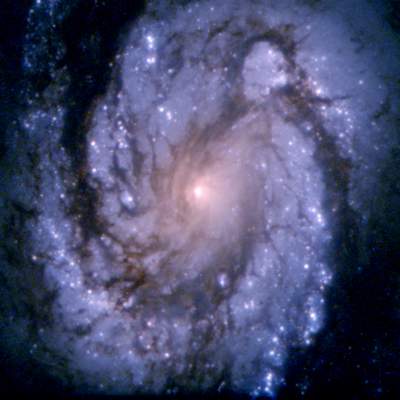
I'm talking here of Artificial Gravity
I am talking here of the creation of Artificial Gravity, the possibility of finding out by way of experiments taken from the limitless visions we could come up with for its use. It would be dangerous stuff, of course. Every bit as dangerous - maybe more so - than the early days of electricity use.
The Moon pulls millions of cubic miles of water towards it every moment
Take, for example, the concept of focussing - and here's the real challenge by discovering how - the pull of the Moon upon the Earth. If only we could do that. I'm talking about focusing something which draws thousands of millions of tons of water towards it twenty-four hours a day, seven days a week through the millennia - our tides. If we could focus even a tiny fraction of that upon a small but controlled area of the Earth, we could equalizegravity at that spot. By this I mean, the pull of the Earth would equal the pull of the Moon in that particular spot. We could increase the focus to the point where the pull of the Moon is just little greater than the Earth and launch our man-made satellites, space ships, whatever we wished to place into space, all manner of things without having to use huge and powerful rockets to do so.
No need for any Cape Kennedy 'lift offs' with this method
By an equal gravitational pull between Earth and Moon, we could - within that small, dedicated area - do all manner of things. Oh, and we could move the focus from one point to another. No need to have a Cape Kennedy. We could launch our space vehicles from anywhere on Earth.
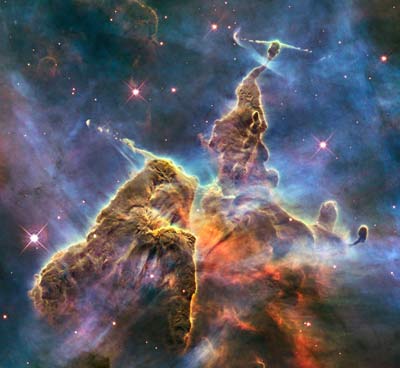
Okay, so it's Science Fiction!
I recall getting an idea many years ago along the lines of having man-made satellites circulating the Earth which could capture, focus, and radiate in some way the gravitational pull of the moon. The satellites could be re-positioned at will from the ground (or from the Moon, if we had a Moon Base) The intensity of focus could be adjusted to make those things on the Earth within the centre of focus lighter or heavier as the case may be.
Okay, so it's Science Fiction! Yes! the obvious answer is the satellites themselves would be subject to the Laws of Gravity, but stay with me. Let's assume that problem has been overcome.
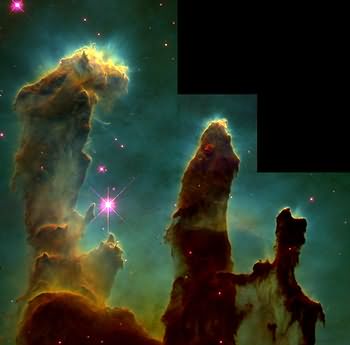
Imagine using the pull of the planets to move spaceships
We could use this sort of focusing of gravity to get spacecraft to change velocity between the Earth and the Moon. We could even use it to get us past the Moon and deeper into the solar system. We could use it for re-positioning our satellites - or even pushing them away from the Earth, jettisoning them. Or maybe even crushing or exploding them.
Let's use our Creative Imagination here
So what else? Let's use our creative imagination here. I'm sure you could think of other uses. And remember, once an idea is 'out there' - and I'm not just talking about 'The Internet Cloud,' but that other dimension where all thought resides - there is no limit to what we can come up with. So let's talk about the Asteroid Belt.
Could we 'steer' dangerous asteroids away from Earth?
We know that there is a huge 'curtain' - if I might put it that way - of asteroids of all manner and size circulating out there. Some of these present a danger to us by plummeting through space and hitting the Earth. We know it can happen. We know that on occasion a big one does arrive. Isn't it believed a really big one brought the Age of Dinosaurs to an end. Then there was that big one that crashed into Siberia a year or so back. But what if we could deflect them by the use of gravitational pull from, say, the Moon. What if large asteroids that look like crashing to earth on our little 'blue chip in the universe' could be sent speeding by, projected onto a course that would remove any danger to us?
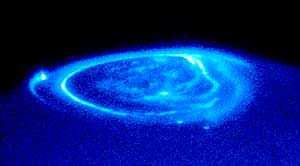
Imagine rocket fuel and nuclear energy as obsolete
At the moment we possibly envision controlling our longer-journey spacecraft by the use of a blast of power from a rocket. We think possibly of a nuclear reactor mounted way back on the craft such as that shown in 'Star Trek' and the good ship, Enterprise. But do we need this? Would we need this if we could discover and master the use of Gravity Focus?
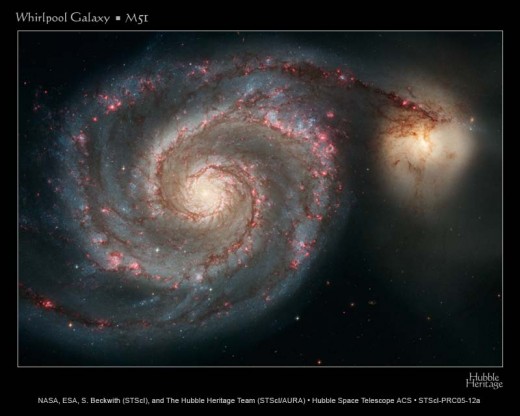
Populating other planets: the Moon, Mars and artificial worlds
Then we come to a really big one! We know our earth is becoming overcrowded with human life. When I was a boy the Earth's population was around 2.5 billion, now it's around 7.5 billion. We've already got too many people for the Earth to comfortably sustain without damage to other life. At least, with our present use of technology. We are, to use a crude term, "stuffing it up." Either there will be some terrible repercussions for us if we don't change our ways, or we must find ways to move our ever growing human population to other locations. Our nearest heavenly body, the Moon is the first option. It's reasonably close. But it is also not that big. It's a lot smaller than Planet Earth. But it would at least be a start as far as having human migration into that inconceivably vast area we know as Space and the undiscovered possible places in which we humans can migrate to.
Wheel-less vehicles travelling at various 'flight levels' just above the ground, all computer controlled. Goodbye crash-repairers
We've long had the capacity with the use of electricity to have trains that 'float' along railways lines; magnetic poles repel and all that. But what if we became so sophisticated with the use of Gravity Control we could have wheel-less vehicles instead of wheeled ones?
Then, with our knowledge of Gravity Control, we can regulate gravity at various locations in space, be it in satellite cities or places like the Moon or Mars whereby the gravity converted to be the same as that on Earth. We could therefore live within those areas where we've made it so.
Wow! Okay, so your mind is boggling. And likely coming up with all the reasons why this isn't possible. But remember, if it can be imagined it can become real. Of course, it takes open minds, willing minds, creative minds, to come up with the ways how.
I will leave that up to you...

